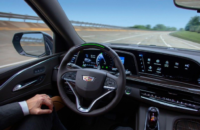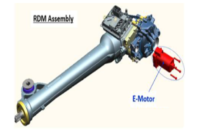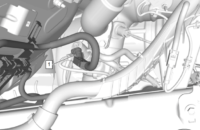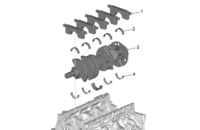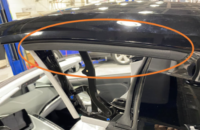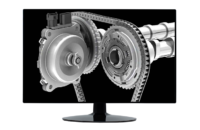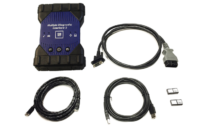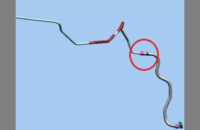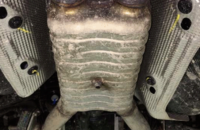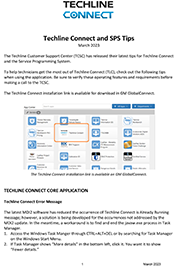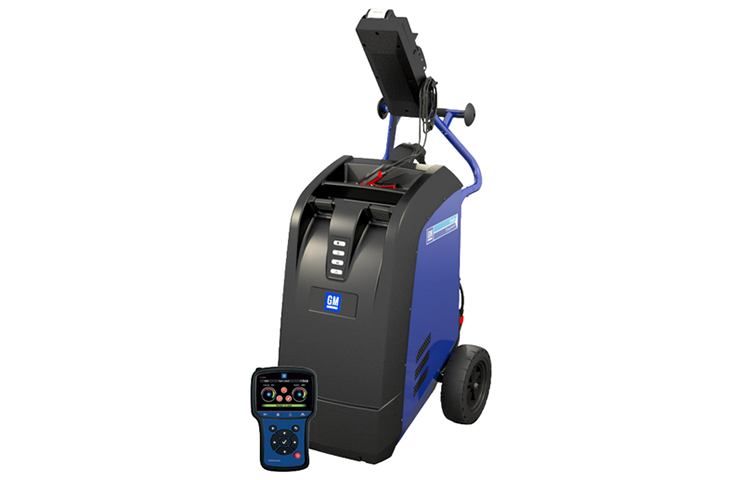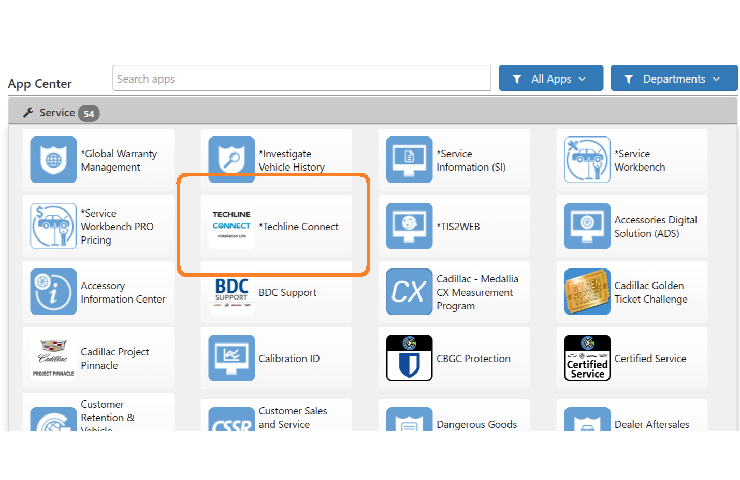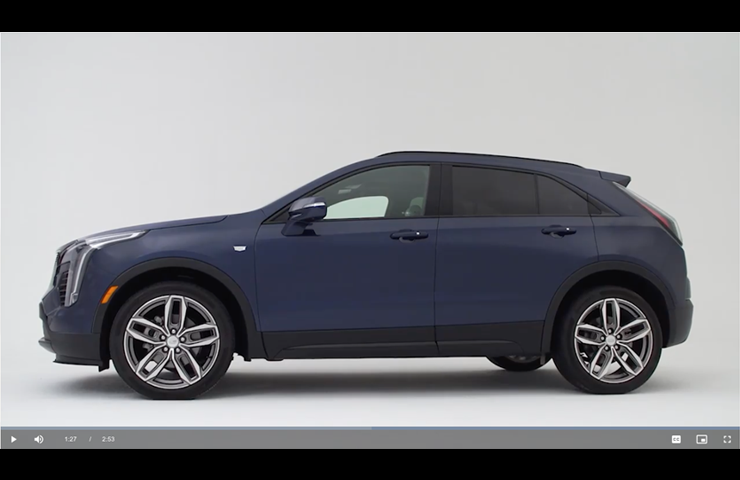The diesel engines (RPOs LWN, LM2, L5P, L5D) available on 2020 Colorado, Express, Silverado 1500, Silverado 2500HD/3500HD, Silverado 4500HD/5500HD/6500HD, Canyon, Savana, Sierra 1500, and Sierra 2500HD/3500HD models use Diesel Exhaust Fluid (DEF) (Fig. 1) in order to reduce the exhaust Oxides of Nitrogen (NOx) levels within the Selective Catalyst Reduction stage of the exhaust aftertreatment system. A series of driver prompts and warnings are initiated when the DEF level falls below a calibrated value.
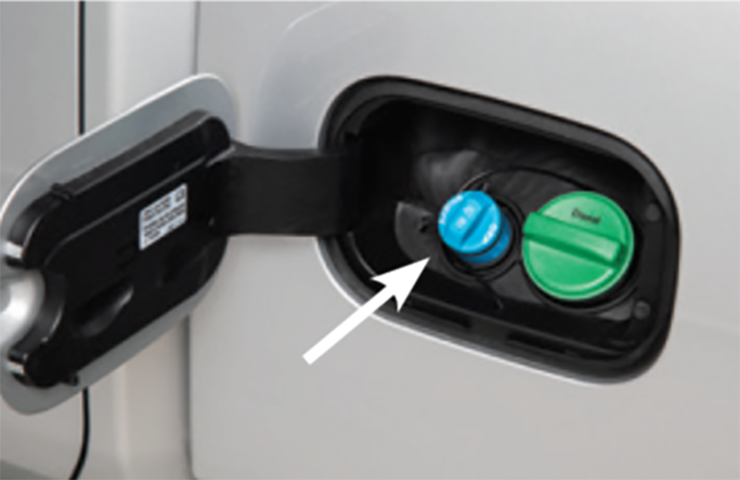 Fig. 1
Fig. 1
Segmented DEF Level Gauge
The current 2020 Silverado 1500 and Sierra 1500 models have a DEF level gauge on the instrument cluster that provides drivers with a representation of how much DEF is in the DEF tank up. (Fig. 2) The DEF level gauge does not operate like a typical float-style gauge that is used in a fuel tank. The Engine Control Module (ECM) monitors the DEF level and consumption rate in order to calculate an estimated range. DEF levels are detected by the DEF level sensor.
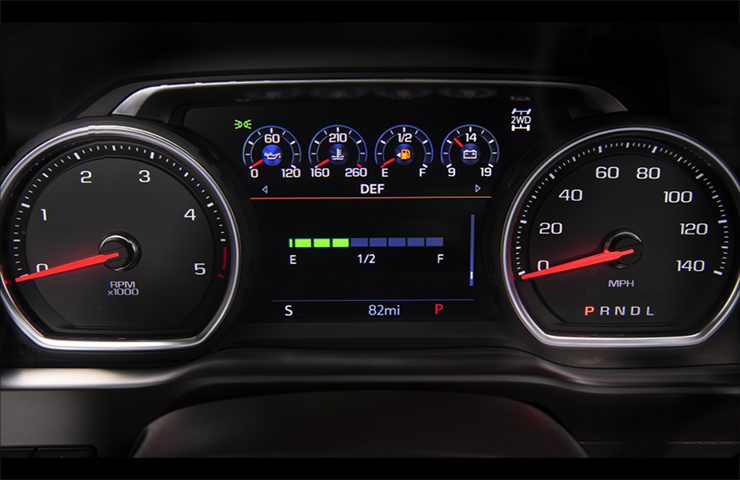 Fig. 2
Fig. 2
There may be some fluctuation in the amount of DEF represented on the DEF level gauge. After filling the DEF tank, it may take a few key cycles to register the correct amount in the DEF tank. With the new segmented DEF level gauge, it is possible that after adding 5 gallons (18.9 L) of DEF that the gauge reads as a full tank after the fill event. However, if the actual level of DEF is just entering the last segment on the gauge, the gauge is likely to drop by one segment shortly after driving after the fill event. As a result, a driver could have an initial impression that the vehicle consumes an excessive amount of DEF.
Emissions Requirements
Every year, GM produces diesel engines that continue to meet aggressive federal requirements to reduce Nitrogen Oxides (NOx) in the vehicle exhaust. As DEF is required to reduce the NOx in the exhaust, DEF consumption will increase as NOx reduction requirements increase. Customer trading in an older model year diesel vehicle for a newer model year vehicle will likely see an increase in DEF usage. DEF consumption increases as the newer vehicles meet the more stringent emission requirements for that model year.
The amount of DEF consumed also is a function of how hard the engine is working, or engine load. Due to engine use, it is more representative to compare DEF consumption to the amount of fuel consumed – also a function of engine load – instead of miles traveled. In addition to engine load, other factors that affect the DEF usage rate are the humidity, temperature, and altitude where the vehicle is operating.
Under certain conditions, the ECM will increase or decrease the amount of DEF used based on learning or adaptive algorithms. In the event of a malfunction and Check Engine light, the ECM may double or even eliminate the amount of DEF that is being used. An improper amount of DEF use will continue until the vehicle is repaired and the learned value in the ECM is reset.
– Thanks to Larry Yaw




